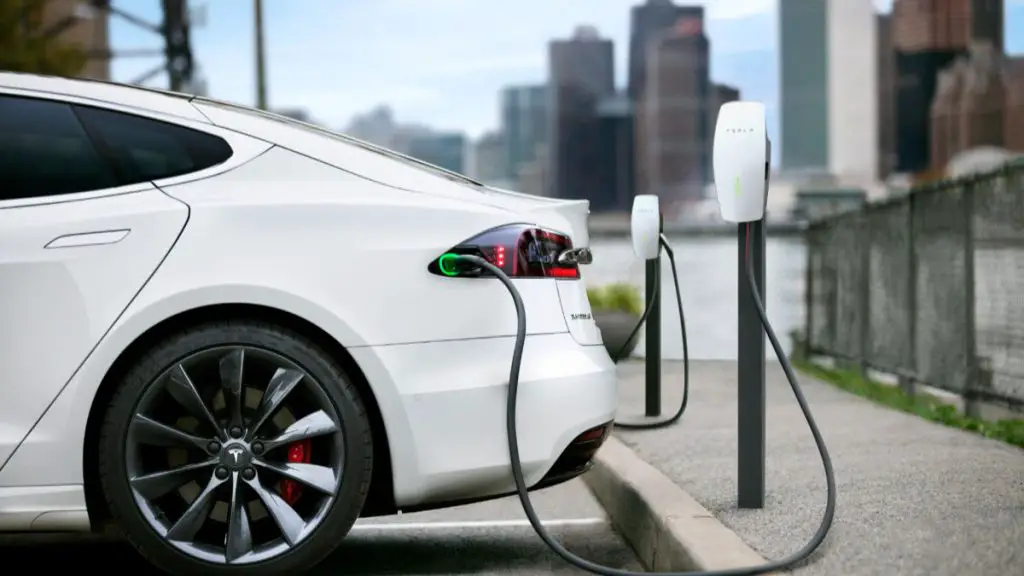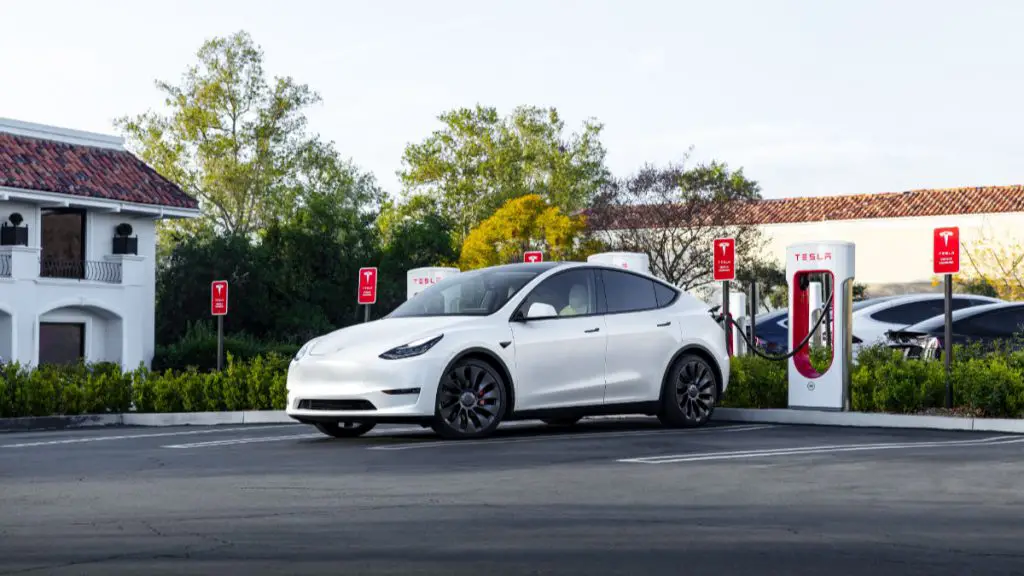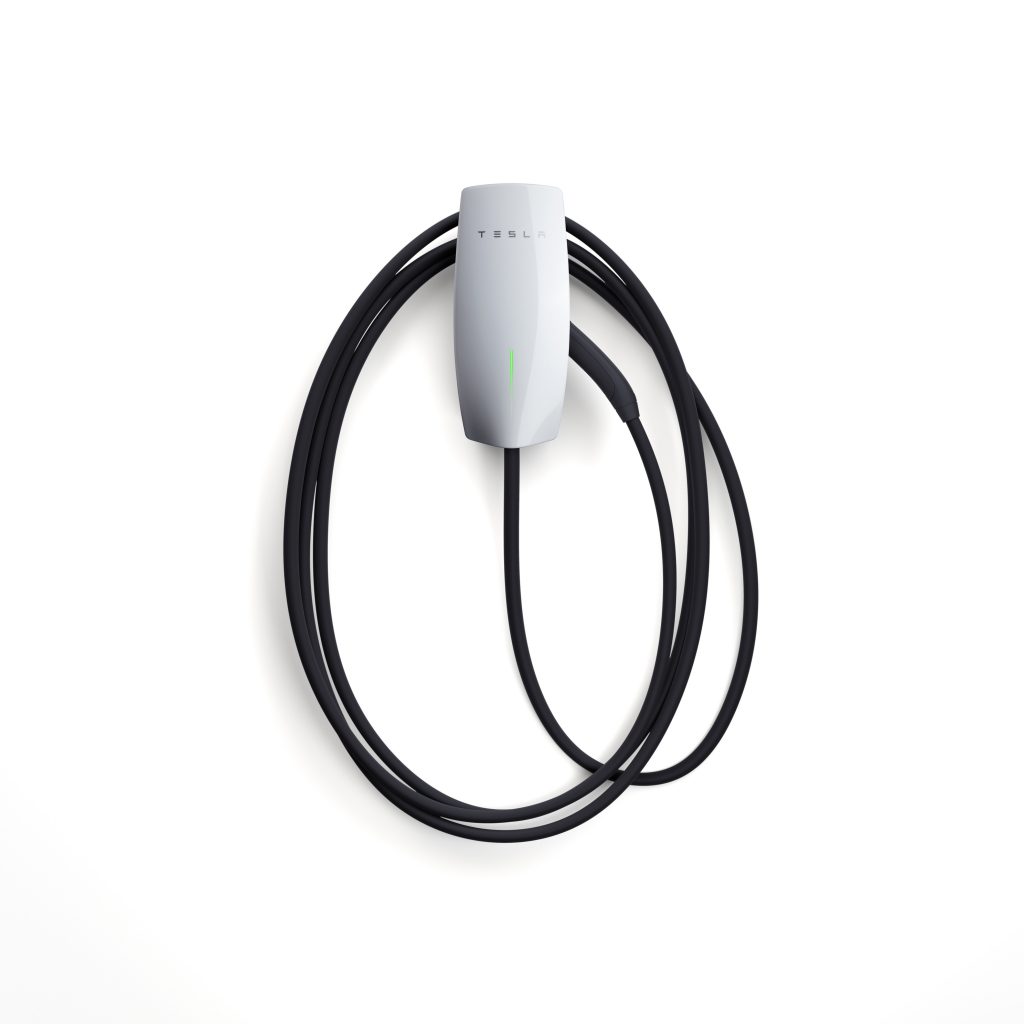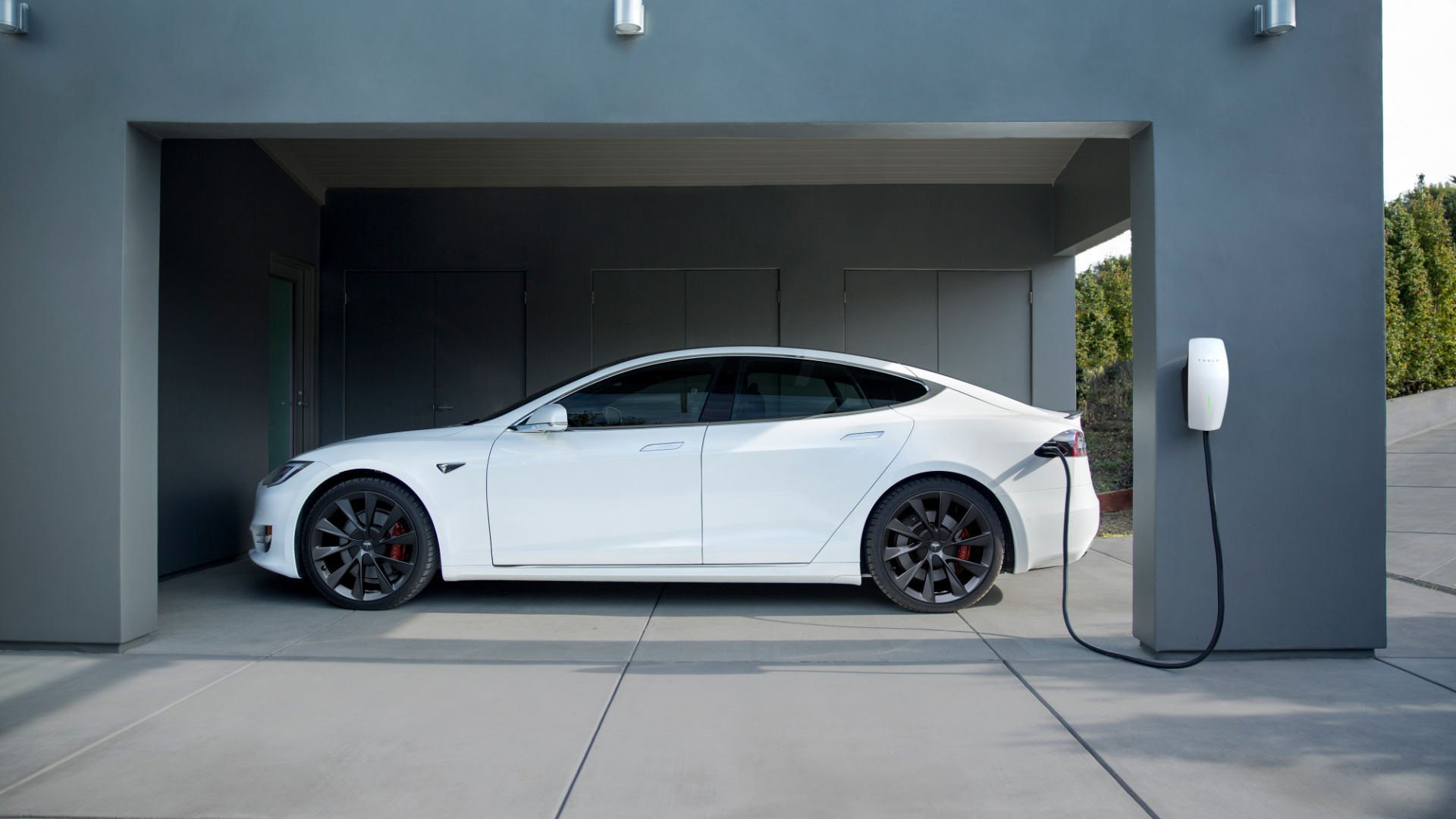Fully charging a Tesla from zero can take anywhere from an hour to a more than four days. It all depends on the charging station you use.
Realistically, Tesla drivers will rarely perform a complete charge cycle in one charging session, and instead just “top-up” their battery.
Nevertheless, it helps to have an idea of how long it will take to charge a Tesla using different charging systems.
In this article, we will discuss the common charging options and how we can predict charging times based on the them. We will also discuss some of the variables that can affect Tesla charging speeds.
Tesla Charging Options
Charging a Tesla, or any electric vehicle for that matter, is usually done either at home or using an available public charging station.
At home, you can either plug-in the car directly to a 120V standard household outlet, or use a professionally installed home charging station which delivers more power and offers advanced charging features.
Outside the house, you can find Tesla’s proprietary destination chargers and more powerful superchargers. You can also charge using generic EV charging stations by using the J1772 adaptor that comes included with new Tesla purchases.


Given all these charging options, how can you get an idea of how long it will take to charge a Tesla? The first thing you need to do is to determine the EV charging level you will be charging at.
Tesla Charge Time At different EV charging levels
Because power delivery varies widely depending on the charger, EV charging has three officially recognized levels: Level 1, Level 2 and Level 3.
1. Level 1 120V AC charging (Slow)
- Where: At home, using a standard 120V socket
- Miles of driving range per hour: 3 miles
- Time to charge (0 to 100%): 4+ days
- Recommended For: When you don’t have access to a level 2 charger
Newly purchased Tesla cars all come with the NEMA 5-15 wall socket adapter. This plugs into any one of your home’s standard 120V wall sockets. Using a 120V household outlet to charge an EV is level 1 charging, a.k.a. “Trickle charging”.
As the name would suggest, this is the slowest way to charge your vehicle. It is best to do this overnight, as you will only get around 3 miles of range per hour of charging.
Because of how slow it is to fully charge a Tesla with level 1 charging, it’s only viable if battery consumption during the day is low. If it is high, you might end up consuming the battery faster than it replenishes during recharging sessions.
2. Level 2 240V AC charging (Fast)
- Where: Home charger installations (including Tesla Wall Connector) and most public charging stations
- Miles of driving range per hour: 10-40 miles
- Time to charge (0 to 100%): 6 to 30 hours
- Recommended For: Your regular charging method
To get the fastest charging speed for your home or office, you’ll need a level 2 charging solution.
Level 2 (240V) charging at home is achieved by directly plugging into a 240V NEMA 14-50 outlet or using a professionally installed home charging station.
If your home already has a 240V NEMA 14-50 outlet, you can plug-in your Tesla using the included NEMA 14-50 adapter which was included with your car purchase. (Note: older Tesla models did not include this, and you may have to purchase it separately.) Make sure a qualified electrician checks your socket is suitable and safe for EV charging.

Almost all home EV charging station installations are level 2 chargers, which means they use 240V electrical circuits. Tesla recommends using the official Tesla Wall Connector which is capable of providing up to 44 miles of range per hour of charge, with up to 11.5 kW / 48 amp output.
However, if you need to charge non-Tesla EVs without a special adapter, you may prefer non-proprietory wall chargers like a ChargePoint or JuiceBox.
Depending on the model of your Tesla, its max amperage and the amperage of your charging solution’s circuit, the charge rate will vary. As a ballpark figure, expect to gain between 10 to 40 miles per hour on level 2 charging.
3. Level 3 400-900V DC charging (Very Fast)
- Where: Public fast charging stations, including Tesla Superchargers
- Miles of driving range per hour: 300-1000
- Time to charge (0 to 100%): 1-2 hours (40 minutes for 0 to 80%)
- Recommended For: During long road trips where you need to recharge quickly
Level 3 charging is where you charge your EV with a 400V-900V DC fast charger. These rapid chargers deliver significantly more power than level 1 or 2 chargers, typically around 140kW. They can energy more quickly because direct current (DC) doesn’t need to go undergo AC to DC conversion and it naturally incurs less electrical resistance than alternating current.
Tesla has its own network of level 3 chargers known as “superchargers”. The older V1 and V2 Tesla superchargers output up to 150kW of power, while the new V3 superchargers are capable of delivering up to 250kW.
Note that to safeguard the battery, superchargers deliberately throttle charging beyond 80%.
While it is possible to find non-Tesla level 3 chargers around, you can’t directly plug-in your Tesla to them. You will need to instead purchase an expensive adapter to be able to connect to them (e.g. CHAdeMO, Combined Charging System).
Given that Tesla supercharging coverage is currently better than these other fast charging standards, we recommend sticking to superchargers for level 3 charging.
How Long Does It Take To Charge A Tesla By Model
Different Tesla models have different battery packs with different capacities and battery chemistry. This means that it will take longer to charge some models than others.
For example, the current Tesla model 3 is available in three variations: Standard Range Plus, Long Range and Performance. The Standard Range Plus has a battery capacity of 54kWh, whereas the Long Range and Performance have 82kWh capacity batteries. This means the Long Range and Performance take longer to charge, but they will also be able to travel further off a single charge.
But to further complicate things, not all models can charge as fast as others given the same power source. That’s because the power source doesn’t directly feed into the battery, but has to go through the car’s “onboard charger”, which has its own limits.
Note that supercharging is not limited by the onboard charger. Public charging superchargers actually skip the onboard charger, meaning they can deliver much higher amounts of power. However, supercharging also has a different set of limits depending on the model. For example, for 2021 models, the Tesla Model 3 Standard Range Plus does not support 250kWh fast charging and is limited to 170kWh.
For the 2021/2022 lineup, all Model S, Model X and Model Y models support a maximum of 11.4kW AC charging and 250kW DC fast charging. The Tesla Model 3 Long Range and Performance models support 11.4kW AC charging and 250kW DC fast charging, but the Standard Range Plus is limited to 7.7kW AC charging and 170kW DC fast charging.
Older, discontinued Tesla models all have slightly different charging specifications, meaning they may not charge as quickly as the latest models.
A quick formula to estimate optimal charge time
A quick way to calculate the charging time of your EV at its maximum charge rate is:
(Battery Capacity (kWh) / Onboard Charger Power rating) x 1.1
This gives you your Tesla’s optimal level 2 charge time and assumes your power source is able to deliver the maximum amount of power your car’s onboard charger can handle.
The reason we multiply by 1.1 is to add 10 percent to account for any losses associated with charging.
This formula does not apply to level 3 fast charging because supercharging bypasses the onboard charger.
What Variables Can Affect Tesla Charging Speed?
So far we’ve already discussed how the charger specifications and model and year of your Tesla will affect your charging speed.
However, it’s actually a lot more complicated than that. Examples of other factors that can influence charge speeds are:
- Weather and Temperature
- Battery pack temperature
- Current battery charge level (fuller the level, slower the charge)
- Tesla software
- Charge port or connection issues
As a result of all this, it can be difficult to give an exact estimate of the time you’ll need to charge your Tesla by x percent.
Is it possible to charge too fast?
EV charging protocols are smart enough to make sure they only draw an amount of power that the battery can handle safely. So it’s not possible to charge too fast.
However, regularly fast-charging your Tesla is not recommended because it is one of many things that can negatively impact the overall lifespan of your car’s battery.
You should therefore only supercharge your Tesla when you really need it, e.g. on a long trip. While supercharging offers you the convenience of a quick fuel refill at the gas station, for the sake of your battery, you should stick to slower overnight charging as your go-to charging method.
